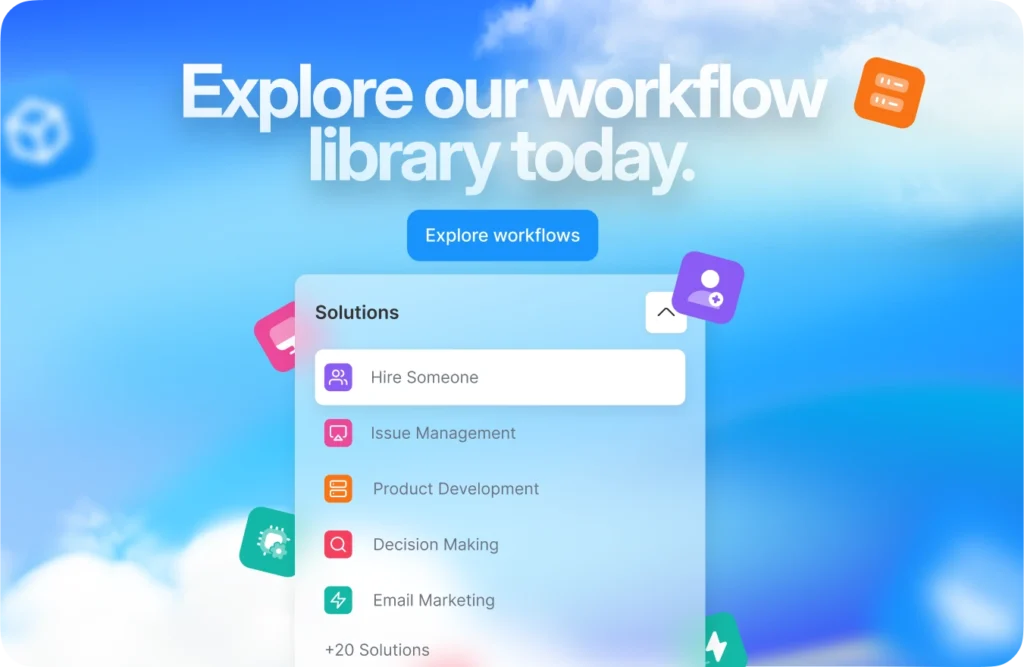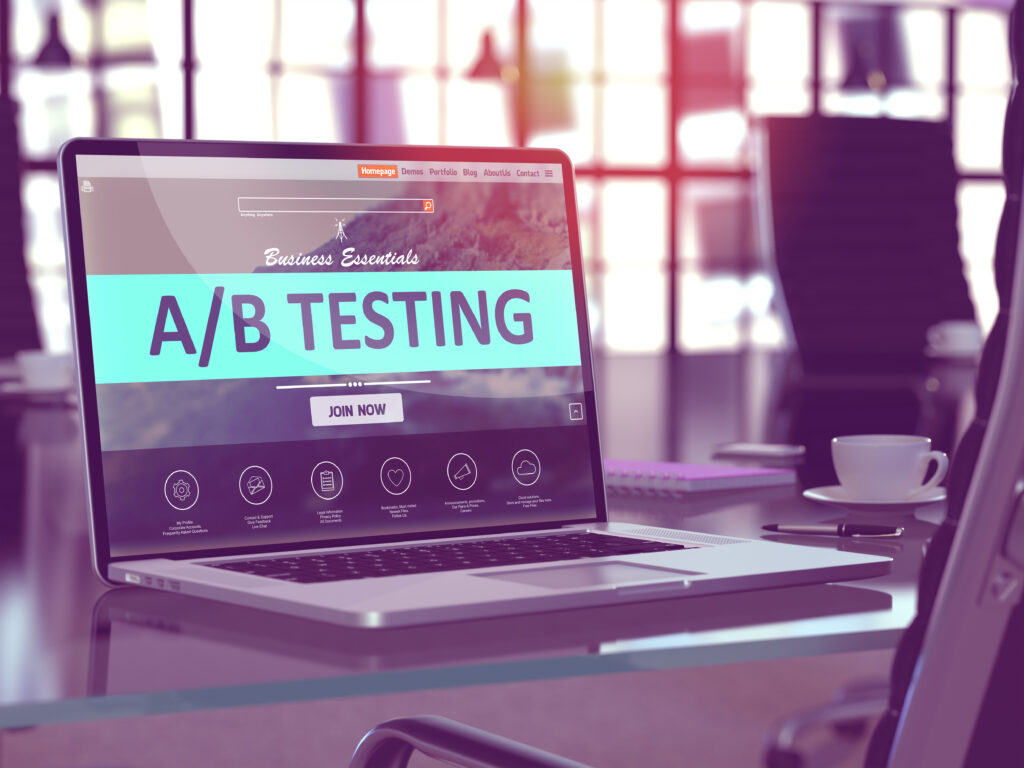What is a CTA (Call to Action)?

Every digital experience, whether it’s a website, an email, or a social media post, has a purpose: to drive action. A call to action (CTA) is the key mechanism for this. From “Sign up now” to “Learn more,” these simple phrases guide users toward the desired action, bridging the gap between interest and engagement.
This article explores what a call to action is, its importance, and how to craft compelling messages that lead to better conversions. Whether you’re a marketer, business owner, or content creator, mastering CTAs can elevate your results dramatically.
What is a Call to Action (CTA)?
A Call to Action is a prompt that encourages users to perform a specific action. It’s a crucial element in marketing and communication that helps move the audience down the conversion funnel.
CTAs can take various forms, such as a button on a website, a link in an email, or even text in a social media post. For example:
- “Subscribe to our newsletter.”
- “Download your free eBook.”
- “Add to cart.”
The goal is clear: to make it easy for the user to take the next step. Without CTAs, even the most engaging content risks leaving the audience without direction.

Key Elements of an Effective CTA
Crafting an effective call to action requires attention to detail. Here are the critical components:
- Clarity: Ensure your message is simple and understandable. Instead of saying, “Get started,” opt for “Sign up for your free trial today.”
- Relevance: Tailor the call to action to the audience’s needs. A discount offer might work for first-time visitors, while a loyalty program pitch may resonate better with returning customers.
- Design and Placement: The call to action should stand out visually—contrasting colors, bold fonts, and strategic placement all contribute to higher engagement.
An effective Call to Action feels like a natural next step rather than an interruption, encouraging users to act with minimal friction.
Why Are CTAs Important?
CTAs play a pivotal role in digital communication. Here’s why they matter:
- Drive User Engagement: They turn passive browsing into active participation. Whether it’s clicking a link, filling out a form, or making a purchase, CTAs encourage action.
- Achieve Business Goals: Every marketing campaign has objectives, and CTAs are the primary tools to achieve them, from lead generation to direct sales.
- Create Urgency: Phrases like “Limited time offer” or “Act now” create a sense of urgency, prompting users to decide quickly rather than delaying.
Without CTAs, even the best campaigns risk falling flat, as users may not intuitively know what steps to take next.
Types of CTAs
There’s no one-size-fits-all when it comes to CTAs. Different objectives call for different approaches, and the effectiveness of a call to action often depends on the audience’s stage in the buyer’s journey. A strong CTA for a first-time visitor might focus on building trust, such as “Learn more,” while returning users may respond better to action-driven phrases like “Buy now.” Tailoring CTAs to your specific goals and audience ensures higher engagement and better results.
Lead Generation CTAs
These aim to collect user information, such as email addresses, for future engagement. Examples include:
- “Download our free guide.”
- “Sign up for exclusive updates.”
Sales-Focused CTAs
These are designed to convert leads into customers. Common examples are:
- “Add to cart.”
- “Start your free trial.”
Social Sharing CTAs
These encourage users to amplify your content by sharing it with their networks. For instance:
- “Share this article with your friends!”
- “Tweet this!”
Each type of call to action aligns with a specific stage of the buyer’s journey, ensuring your audience receives the right message at the right time.
When to Use Calls to Action
CTAs are versatile tools that can be employed in numerous situations to guide your audience toward desired actions. They help bridge the gap between a user’s interest and the steps needed to engage further. By strategically placing CTAs, you can capture attention at the right moment and encourage immediate action. Here are some prime opportunities for incorporating CTAs
On Landing Pages
Landing pages are built with a single goal in mind, such as promoting a product or capturing leads. A clear, prominent call to action is essential here to convert visitors. For example:
- “Sign up for your free trial now!”
- “Get 20% off your first purchase.”
The call to action should align with the purpose of the landing page and appear in a visually appealing manner, such as a brightly colored button or bold text.
In Blog Posts
Content marketing isn’t just about educating readers; it’s about turning them into loyal customers or subscribers. CTAs in blog posts can prompt readers to:
- Download a related resource.
- Subscribe to a newsletter.
- Share the post on social media.
For example, a fitness blog discussing workout routines might include a call to action like, “Download our free 7-day meal plan to complement your workouts!”
On Social Media and Emails
Social media posts and email campaigns are perfect for quick, action-driven CTAs. Examples include:
- “Click the link in our bio to shop now.”
- “RSVP for our upcoming webinar.”
When placed strategically, CTAs in these channels can maximize audience interaction and drive measurable results.
How to Write a Compelling Call to Action
Writing a compelling Call to Action requires a mix of creativity and strategy. It’s not just about telling people what to do—it’s about inspiring them to take action with purpose and enthusiasm. A well-crafted call to action aligns with your audience’s needs and creates a sense of value or urgency. Here’s how you can craft CTAs that truly resonate with your audience:
Use Action-Oriented Language
Start with strong verbs that command attention, such as:
- “Discover,” “Get,” “Download,” or “Try.”
For example, instead of a generic “Learn more,” you might say, “Get your free eBook today!” This wording feels direct and motivating.
Personalize the Message
Address the user’s specific needs or desires. For instance:
- “Join thousands of happy customers.”
- “Find your dream home today.”
Personalized CTAs make the audience feel understood and valued, increasing their likelihood of engaging.
Add Urgency or Exclusivity
Phrases like “Limited time only” or “Offer ends soon” encourage users to act quickly. This is especially effective in e-commerce and event promotions.
Example: “Only 3 spots left—book now!”
Keep It Short and Clear
Brevity is key. A call to action should communicate its purpose in just a few words. If users have to think too hard, they’re less likely to take action.
Common Mistakes to Avoid
While CTAs are powerful, they can backfire if not implemented thoughtfully, leading to missed opportunities and disengaged users. Poorly designed or overly aggressive CTAs can frustrate your audience instead of inspiring action. To ensure your CTAs achieve their intended purpose, it’s crucial to avoid these common pitfalls and follow best practices. Here are some common mistakes and how to avoid them:
Being Too Vague
A vague call to action like “Click here” doesn’t convey value or purpose. Instead, specify the action and its benefit, such as “Click here to claim your 50% discount.”
Overloading with Multiple CTAs
Flooding a page with multiple CTAs can overwhelm users and dilute their effectiveness. Stick to one primary action per page or email to keep the focus clear.
Poor Design and Visibility
Even the best-written call to action won’t perform if it’s poorly designed. Avoid these pitfalls:
- Small, hard-to-read text.
- Colors that blend into the background.
- Placement below the fold where users may not see it.
Ensure your call to action is visually appealing, easy to find, and compelling enough to attract clicks.
Call to Action Examples
Looking for inspiration? Here are some standout call to action examples from different industries:
E-commerce
- “Add to Cart” – Simple yet effective for driving sales.
- “Get Free Shipping on Orders Over $50—Shop Now!”
SaaS (Software as a Service)
- “Start Your Free Trial—No Credit Card Required.”
- “Schedule a Demo Today and See How It Works.”
Content Marketing
- “Download Our Free SEO Checklist.”
- “Sign Up for Weekly Marketing Tips Straight to Your Inbox.”
Event Promotions
- “Reserve Your Spot for Our Webinar—Spaces Are Limited.”
- “Get Early Bird Tickets Before Prices Increase.”
Analyze what works in these examples—clear language, added value, and compelling design—and apply those elements to your own CTAs
Testing and Optimizing Your CTA
Even the most well-crafted CTAs can benefit from testing and optimization. Here’s how to refine your approach:
Importance of A/B Testing
A/B testing involves creating two or more variations of a call to action to see which performs better. Test elements like:
- Wording (e.g., “Sign up now” vs. “Join today”).
- Design (button color, size, font).
- Placement (top of the page vs. bottom).
Track Performance Metrics
Monitor metrics such as click-through rate (CTR), conversion rate, and bounce rate. These indicators show how effectively your CTAs are driving user engagement.
Iterative Improvements
Optimization is an ongoing process. Regularly analyze performance data and make adjustments based on what works best for your audience.

A well-crafted Call to Action is more than just a button or a line of text—it’s a powerful tool that connects your audience with your goals. From increasing engagement to driving sales, CTAs are essential in every marketer’s toolbox.
By understanding their importance, mastering the art of writing compelling CTAs, and continually testing and optimizing, you can significantly enhance your marketing outcomes. Remember, a strong call to action is clear, relevant, and impossible to ignore.

